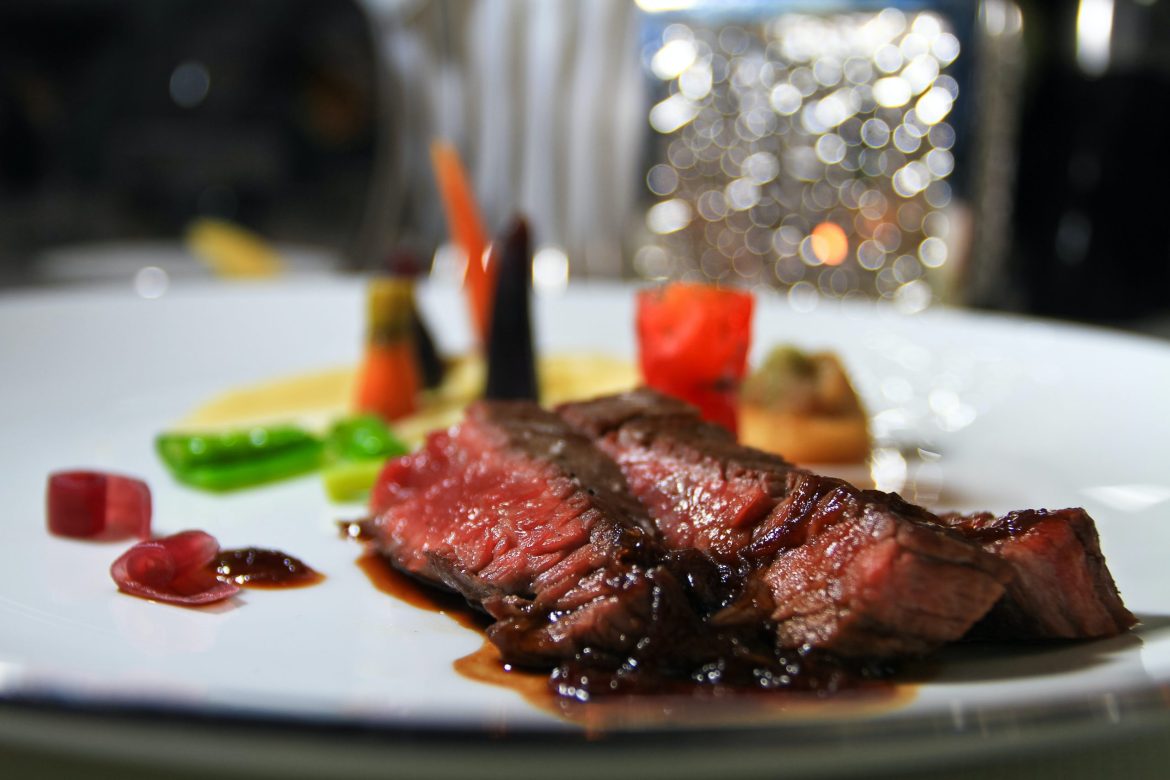Wagyu beef has been one of the finest luxury meats, fatty, delicious, and occasionally misinterpreted. Wagyu beef, the supremely soft, fatty, umami-rich steak, has emerged as associated with opulence as champagne or black truffles. But, no despite how several Michelin-starred restaurants this delicacy adorns, even the best-experienced eaters struggle to grasp all of the facts regarding Wagyu steak.
Simply described, Wagyu means Japanese cow. However, this simple word reveals a subject rife with myths.
For starters, it’s spelled wah-gyoo, not wah-goo, as per Heitzeberg, a misspelling that’s frequent among even American Wagyu farmers. And Wagyu isn’t a catch-all phrase for any Japanese cow. The premium Wagyu that we all want to have on our platters refers to a particular type of Japanese livestock with distinct genetic characteristics. “There are 4 native Japanese varieties.” “One of these four breeds is biologically different,” Heitzeberg explains. “It possesses a hereditary proclivity to produce this bizarre banding of fat on the inside of the muscle tissue.” That is something that neither any cattle does.” Consider a standard chunk of meat. It almost surely has a large crown on the exterior. The cholesterol in Wagyu is metabolized internally by the cow, therefore it is incorporated inside the muscles.
Aside from the larger grading system and differing cattle-farming techniques, the primary contrast between American Wagyu and Japanese Wagyu is that Japanese Steakhouse is authentic, while American Wagyu is cross-pollinated. Almost all of that is Angus beef cross-pollinated with Wagyu in an unregulated, uncontrolled, and unspecified amount of DNA. American Wagyu lacks the delicious umami flavor of Japanese Wagyu and just never achieves this very same level of marbling. The American is fantastic. You can eat a larger portion. Because Japanese food is so thick and flavorful, most individuals can only consume just a few pieces before being overwhelmed. So, if you’re in the urge for just a nice steak and want a large fillet, Japanese Wagyu isn’t the way to go. There is a common misperception that Wagyu is grown in the same manner as foie gras: the calves’ mobility is restricted as well as being force-fed to generate fatty, soft flesh. The first premise is to decrease the animal’s anxiety to nil. Breeders aim to ensure that all these livestock are stress-free from delivery until harvesting. Adrenaline is produced by anxiety and degrades meat grade. Japanese cattle producers go to great extents to provide their animals with a wellness lifestyle. They regulate the sound level so that animals are not startled. Ranchers regularly refill water, ensuring a permanent fresh supply of pure drinking water. Cows that aren’t getting well are divided. The best Steak can be obtained from the wagyu shop.





